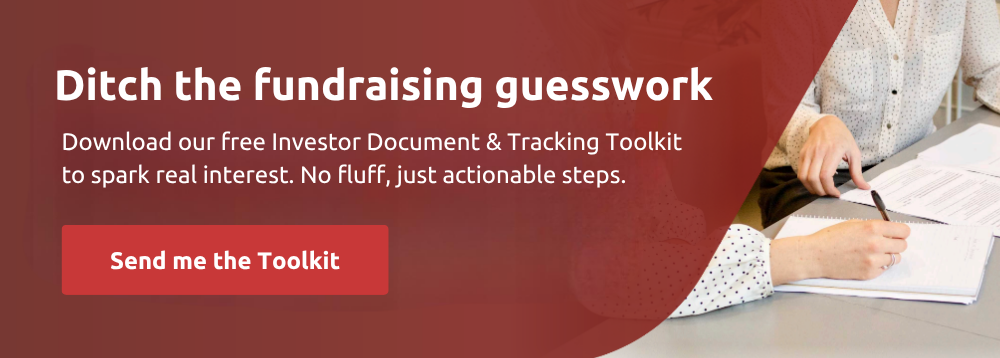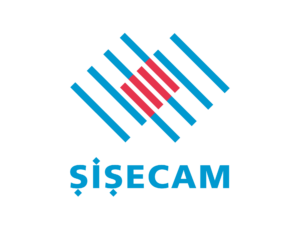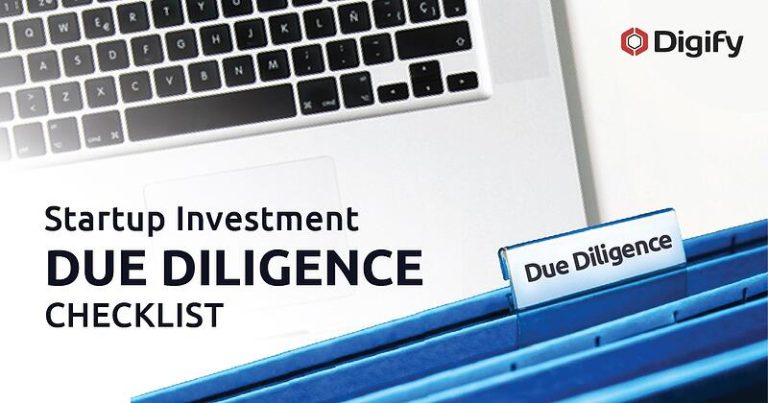This article is part of The Complete Guide to Raising Funds from LPs. The guide covers everything from defining your investment thesis and building strategic fundraising plans to mastering investor due diligence and navigating emerging trends like AI and ESG integration.
Each chapter builds on the previous ones to give you a complete fundraising playbook. While the article below is very informative, you’ll get the most value by reading the entire guide to see how you can fast-track your fundraising process.
The importance of strategic distribution partnerships and sophisticated marketing approaches have been elevated in light of the increasing competition in the fundraising landscape. This chapter explores how placement agents and digital marketing strategies can accelerate your fundraising efforts while maintaining cost efficiency and strategic control.
Understanding the Placement Agent Ecosystem
Placement agents serve as specialized intermediaries connecting fund managers with potential investors. The global placement agent industry has evolved significantly, with firms ranging from boutique specialists to global investment banks offering differentiated services and expertise. A recent survey by Private Equity International found that participating placement agents raised a total of $41 billion in new capital for private equity and venture capital funds in the 12 months leading up to May 2024.
There are several distinct categories when it comes to placement agents, each offering different value propositions and serving different market segments.
- Global investment banks: Firms like Goldman Sachs, Morgan Stanley, and J.P. Morgan offer extensive distribution networks and brand credibility. These typically focus on larger funds and can provide access to their institutional client networks globally.
- Specialized placement firms: Think of these as the middle market of fund distribution. Firms like Campbell Lutyens, Evercore, and MJ Hudson focus exclusively on private markets fundraising. These specialists typically handle mid-market funds and offer deep relationships within specific investor segments, specialized knowledge of private markets fundraising dynamics, and more personalized service than large banks.
- Boutique placement agents: These focus on specific strategies, geographies, or investor types. They might specialize in emerging markets, impact investing, or specific sectors like healthcare or technology. Their value lies in highly specialized networks and deep domain expertise. While their reach may be narrower than larger firms, their targeting can be more precise for funds matching their specialization.
- Regional placement specialists: These specialists understand local market dynamics, regulations, and investor preferences in specific geographies. For funds targeting investors in Asia, the Middle East, or Latin America, these specialists provide invaluable cultural understanding and established relationships that would take years to develop independently.
How to Evaluate Placement Agent Fit
Selecting the right placement agent requires careful evaluation across multiple dimensions.
- Track record analysis
Firstly, you will need to conduct a track record analysis where you examine not just capital raised but types of funds successfully placed, investor relationships yielding commitments, and average time to close for comparable funds. Request detailed case studies of similar mandates and speak with references who faced comparable fundraising challenges.
- Investor network assessment
Go beyond claimed relationships to understand relationship depth and quality, recent interaction frequency, successful placement history with specific investors, and ability to access decision-makers rather than just initial contacts. The best placement agents maintain active dialogues with their investor network between mandates, positioning them to understand current allocation priorities and preferences.
- Team evaluation
When evaluation teams, focus on the specific individuals who would work on your mandate. Understand their backgrounds and expertise, availability given other mandates, cultural fit with your team, and commitment to your fundraising success. This helps predict working relationship quality. Beware of situations where senior professionals pitch the mandate but junior team members execute the work.
- Economic alignment
When assessing the economics of placement agents, try to go beyond headline fee percentages. Consider retainer versus success fee structures, tail provisions affecting future fundraising, expense reimbursement policies, and exclusivity requirements limiting your flexibility. The most successful relationships align placement agent economics with your long-term success rather than just near-term capital raising.
Digital Marketing in the Private Equity Context
Digital marketing for private equity faces unique constraints from securities regulations, investor sophistication expectations, and relationship-driven decision-making. But with some planning and care, you can deploy digital strategies to enhance fundraising efficiency and reach.
Remember that the regulatory framework shapes all digital marketing decisions. In the United States, the choice between Rule 506(b) and 506(c) fundamentally determines permissible digital activities. Under 506(b), general solicitation remains prohibited, limiting digital marketing to password-protected content, targeted communications to pre-qualified investors, and relationship-building rather than fund promotion. Rule 506(c) permits broader digital marketing but requires verified accredited investor status for all investors, creating operational implications.
Content Marketing Strategies
Content marketing has emerged as a powerful tool for building credibility and relationships while navigating regulatory constraints. Thought leadership content positions your firm as a domain expert without explicitly promoting specific funds. For example, you could think of producing sector analysis and market commentary, insights into value creation strategies, perspectives on industry trends and disruptions, and lessons learned from portfolio company experiences.
To be effective with content marketing requires you to be consistently producing quality materials and being strategic about their distribution. Developing an editorial calendar ensures regular publication while maintaining quality standards. Content should demonstrate genuine expertise rather than generic observations, providing unique insights that reflect your investment thesis and approach. For distribution strategies, you could think about your firm website and blog, LinkedIn posts from key team members, guest articles in industry publications, and participation in podcast interviews or webinars.
Website Optimization and Digital Presence
Your firm’s website serves as the digital foundation of your presence, often providing the first impression for potential investors researching your firm. Modern fund websites must balance regulatory compliance with user experience and information accessibility.
There are some essential elements that should go in the website. Clearly articulate your investment strategy and philosophy, while describing team backgrounds. Also highlight relevant experience, thought leadership content to showcase your expertise, and contact information for qualified investors. The site should convey professionalism and sophistication while remaining accessible and navigable.
Ensure that your website provides an excellent mobile experience, as executives increasingly research mobile devices. Similarly, search engine optimization is another aspect to look at, as it helps qualified investors discover your firm when researching sector-specific managers or investment strategies. While paid search advertising typically violates general solicitation rules, organic SEO through quality content and technical optimization remains permissible and valuable. Focus on sector-specific keywords, geographic identifiers relevant to your strategy, and investment thesis-related terms that qualified investors might search.
Social Media Strategies
Social media platforms offer powerful relationship-building tools within regulatory constraints. LinkedIn has emerged as the primary platform for professional networking in private equity. According to LinkedIn’s own data, the platform has over 1 billion members across 200 countries and territories worldwide.
LinkedIn strategies should focus on building thought leadership through regular posts and articles, engaging authentically with industry discussions, sharing firm updates and portfolio company successes, and expanding professional networks strategically. Individual team member profiles often generate more engagement than corporate pages, making it valuable to encourage and coordinate team participation.
Twitter (now known as X) serves a different purpose, enabling real-time commentary on market events and broader distribution of thought leadership content. While less relationship-focused than LinkedIn, Twitter can effectively build brand awareness and demonstrate market awareness. However, the platform’s public nature requires careful attention to compliance and message consistency.
Integrating Placement Agents and Digital Marketing
The most effective fundraising strategies integrate placement agent relationships with digital marketing efforts, creating synergies that amplify both channels’ effectiveness. This integration requires careful coordination but can significantly enhance fundraising outcomes.
Placement agents can amplify digital marketing efforts by sharing your content with their investor networks. They can also provide credibility through association, offer feedback on messaging and positioning, and identify content topics resonating with current investor interests. Many placement agents maintain their own digital platforms and newsletters, providing additional distribution channels for your thought leadership content.
Digital marketing can support placement agent efforts by building awareness before agent outreach, providing content supporting agent conversations, demonstrating operational sophistication to investors, and maintaining engagement between agent interactions. When investors research your firm after placement agent introduction, a strong digital presence reinforces the agent’s positioning and builds confidence.
Measuring and Optimizing Performance
As with all marketing and distribution activities, achieving success in fundraising also requires continuous measurement and optimization across all channels. Key performance indicators (KPIs) should track both activity metrics and meaningful outcomes.
For placement agent effectiveness, beyond tracking investor meetings generated, look into the quality of those interactions. Key performance indicators should include:
- Meeting quality & seniority: Check the seniority of attendees (e.g., CIO vs. junior analyst), their prior engagement with similar funds, and the immediate follow-up actions agreed upon. A high volume of meetings with low-decision-making authority indicates inefficiency.
- Pipeline progression rate: Quantify the percentage of introductions that progress to initial meetings, then to due diligence, and ultimately to a commitment. For example, understanding that only 5% of initial introductions typically convert to a commitment helps calibrate expectations and refine targeting.
- Time-to-close efficiency: Monitor the average duration from initial introduction by the agent to a closed commitment. Benchmarking this against industry averages or your internal targets reveals bottlenecks.
- Target alignment: Assess how well the agent’s introductions align with your ideal LP profile (e.g., asset size, investment mandate, geographic preference).
Remember to focus on quality over quantity in evaluating digital marketing metrics. Rather than pure traffic or follower counts, prioritize metrics that indicate genuine investor interest and progression down the fundraising funnel:
- Content engagement depth: Measure not just page views, but time spent on critical pages (e.g., investment strategy, team bios, specific case studies) and document downloads from your data room. A high completion rate for a detailed strategy paper, for instance, signals strong intent.
- Qualified inquiries & MQLs (Marketing Qualified Leads): Track inbound inquiries that meet your pre-defined criteria for potential investors (e.g., minimum AUM, sector interest), indicating a genuine fit.
- Digital-to-direct conversion: Measure the rate at which digital engagements (e.g., whitepaper downloads, webinar attendance) translate into direct outreach requests or accepted introductory calls.
- Cross-channel Influence: Assess if digital content is referenced or inquired about by investors initially introduced through other channels, demonstrating its supportive role.
Tools like Google Analytics, CRM platforms with robust tracking capabilities, and specialized investor portal analytics provide detailed insights into website visitor behavior, content performance, and investor engagement, enabling data-driven adjustments to your fundraising strategy.
Common Pitfalls and Best Practices
There are some common pitfalls that can undermine your effectiveness with placement agents and digital marketing. For example, over-reliance on placement agents without maintaining direct investor relationships creates vulnerability for future fundraises. Successful firms use agents to accelerate and expand fundraising while building their own investor networks simultaneously.
Compliance failures in digital marketing can have severe consequences. Make it a point to regularly review from a legal perspective all digital content. Establish clear approval processes before publication, documentation of compliance decisions, and train your team on an ongoing basis to prevent costly mistakes. When in doubt, conservative approaches protect your firm while still enabling effective marketing.
Another issue that can undermine your credibility is inconsistent messaging across channels as it can confuse investors. Develop clear message frameworks, train all team members on consistent positioning, coordinate between internal and external communicators, and regularly audit all communications to ensure coherent market presence.
Taking advantage of placement agents and digital marketing effectively requires strategic thinking beyond tactical execution. These channels work best when integrated into a comprehensive fundraising strategy that aligns with your firm’s strengths and target investor preferences.
The decision to engage placement agents should reflect honest assessment of your current capabilities and strategic objectives. For many firms, particularly emerging managers, the expertise, relationships, and credibility agents provide justify their fees. However, success requires selecting the right partner and maintaining active involvement rather than passive delegation. Similarly, digital marketing including content strategies, professional digital presence, and strategic social media engagement within regulatory constraints helps build the awareness and credibility that accelerate fundraising. The key lies in providing genuine value while navigating compliance requirements carefully.









